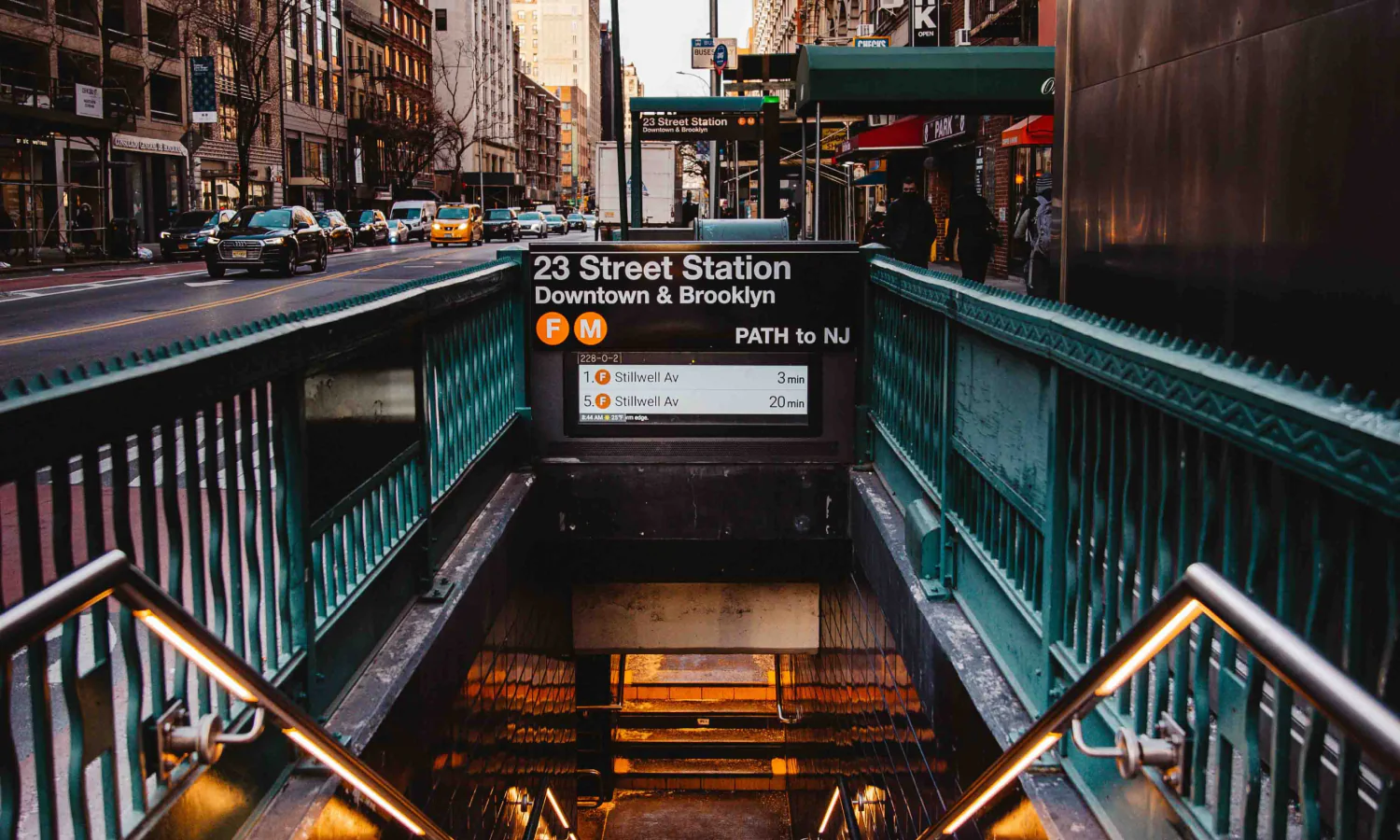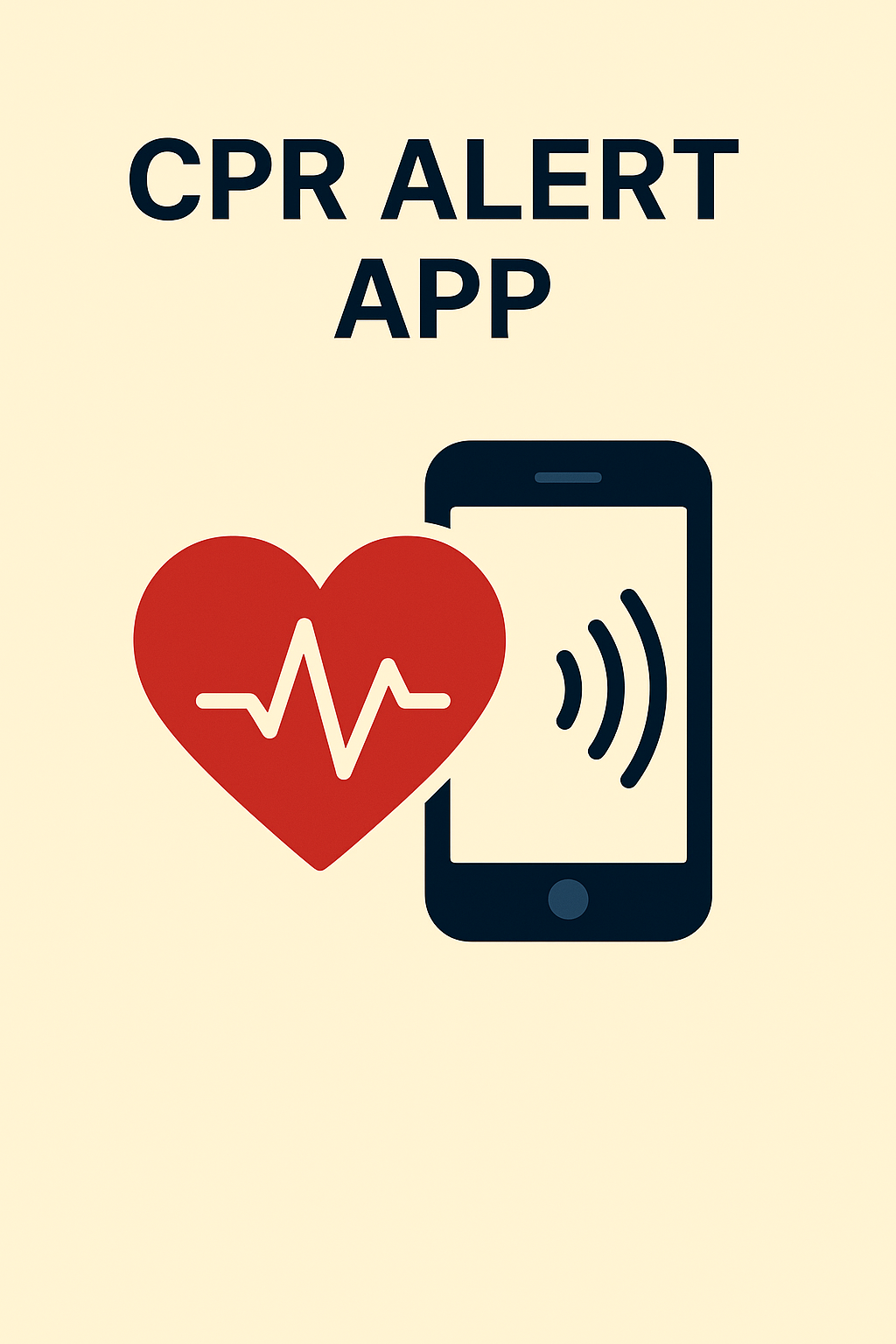
Newsletter Subscribe
Enter your email address below and subscribe to our newsletter

Enter your email address below and subscribe to our newsletter


Content Note: This article discusses cardiac arrest, medical emergencies, and time-sensitive life-threatening situations. It includes information about brain damage timelines and emergency response scenarios.
Important Disclaimers: This article provides general information about emergency response apps and CPR training. It should not replace professional medical advice, formal CPR certification, or emergency protocols. Always call 911 first in any cardiac emergency. Consult healthcare providers about individual participation in emergency response programs. For individuals with intellectual or developmental disabilities, consult with families, guardians, or support teams about appropriate training and participation levels.
When someone’s heart stops, families and communities face a terrifying reality: brain damage begins within 4-6 minutes, but average ambulance response time ranges from 7-15 minutes depending on location. Traditional emergency advice assumes help will arrive in time. But what happens when the gap between cardiac arrest (when the heart stops beating) and professional medical care creates an impossible timeline?
In communities across the country, an app called PulsePoint has found part of the answer: technology that instantly connects cardiac emergencies with trained neighbors who can start CPR before ambulances arrive.
The Challenge: When the heart stops beating, brain damage begins within 4-6 minutes; ambulances take 7-15 minutes on average depending on location
The Innovation: Apps like PulsePoint instantly notify CPR-trained people within 1/4 mile of heart emergencies
The Empowerment Factor: Transforms trained individuals into activated community lifesavers
The Bottom Line: Technology that bridges the critical gap when every second determines survival
Traditional emergency response follows a linear path: someone calls 911, dispatchers send ambulances, professionals arrive and begin treatment. This system works well for many emergencies, but cardiac arrest operates on a timeline that makes this approach inadequate.
The challenge isn’t the quality of emergency services—it’s that hearts can’t wait. Even the fastest ambulance can’t overcome the biological reality that brain cells begin dying within 4-6 minutes of cardiac arrest (when the heart stops beating).
This creates a critical gap during what emergency medicine calls the “golden window” – the vital minutes when immediate CPR could save a life, but professional help hasn’t yet arrived.
Recent data reveals the magnitude of this challenge:
The gap isn’t knowledge—it’s activation. Many people know CPR but don’t know when someone nearby needs it.
PulsePoint began in 2010 when fire chief Richard Price was dining at a restaurant in San Ramon Valley. He heard sirens and saw his own fire engine respond to a cardiac arrest at the business next door. Price was CPR-trained and carried a defibrillator in his car, but wasn’t notified of the emergency occurring feet away.
This experience led to a revolutionary question: What if technology could instantly connect cardiac emergencies with trained people already in the area?
How PulsePoint Works:
Public CPR Responders: Community members with CPR training, notified of public cardiac arrests only
Registered CPR Responders: Agency-invited individuals (medical professionals, CERT members, public safety retirees) who receive alerts for all locations including homes
Professional Responders: Active firefighters, paramedics, and law enforcement with specialized app features
PulsePoint operates as a 501(c)(3) nonprofit (meaning it’s a registered charity) with more than 3 million users and over 200,000 five-star reviews. The app is FirstNet Certified (approved for use by emergency services) and operates in more than 4,000 communities.
Individual fire departments report measurable improvements. Fire departments partnering with PulsePoint and implementing comprehensive community CPR training programs report improved cardiac arrest survival rates in their communities.
For individuals with intellectual and developmental disabilities working in community programs, PulsePoint participation represents a meaningful shift. TAY (Transition Age Youth)—young adults ages 18-26—who complete CPR training can receive the same emergency alerts as any other community member and respond to help save lives.
Real-World Implementation in ID/DD Programs:
Geographic Barriers: App works equally well in dense urban areas (more potential responders) and rural communities (responders may arrive faster than distant ambulances)
Awareness Barriers: Eliminates the “I don’t know if anyone around knows CPR” problem
Activation Barriers: Transforms passive knowledge into active community response
Dignity Barriers: People with disabilities become lifesavers, not just service recipients
All 50 states have Good Samaritan laws protecting CPR responders who:
Key Protections:
For App Usage:
For Emergency Response:
For Individuals with ID/DD:
Note: The following represents general legal principles but specific requirements vary by state and individual circumstances. Consult with legal professionals, families, or support teams for individual guidance.
Age and Capability:
For Young Adults with Disabilities:
Note: The following implementation guidance represents general recommendations based on best practices. Specific requirements, procedures, and legal frameworks vary by location and individual circumstances. Always verify local requirements and consult appropriate professionals for specific situations.
Check Your Area:
Assess Your Readiness:
Get Proper Training:
Decision-Making Process:
Implementation Support:
Staff Training:
Participant Support:
Community Integration:
Note: The following analysis represents general observations about urban vs. rural emergency response patterns. Specific response times and outcomes vary significantly by location, infrastructure, and local resources.
Dense urban areas provide multiple potential responders within small geographic areas. The app can quickly identify and notify several trained individuals, increasing chances someone can respond immediately. A 2017 national study found average EMS response times in urban areas are typically around 7 minutes.
In rural communities where ambulances may travel long distances, a nearby trained responder can provide critical intervention during extended response times. The app maximizes use of scattered but valuable community resources where response times can exceed 15 minutes.
The app demonstrates how technology can amplify existing community knowledge and training. It doesn’t create artificial intelligence—it creates collective intelligence by connecting human capability with real-time need.
Note: The following limitations and safety considerations represent general principles. Specific risks, legal protections, and safety protocols vary by jurisdiction and situation.
Future versions may include enhanced AED location features, integration with smart home systems, and predictive analytics for cardiac event patterns.
More communities are adopting PulsePoint-style programs, adapting technology to local emergency response needs and resources.
CPR training continues becoming more accessible, with simplified techniques and technology-enhanced learning methods reaching diverse populations.
Apps like PulsePoint represent more than emergency technology—they’re tools for building community capacity and transforming individual knowledge into collective action. They work by connecting human capability with real-time need, bridging the critical gap when seconds determine survival.
For individuals with intellectual and developmental disabilities, participation represents a profound shift from being helped to helping others. The app transforms CPR training from skill-building into community empowerment, creating opportunities for meaningful contribution to public safety.
Most importantly, these tools recognize that communities already contain the knowledge and compassion needed to save lives. Technology simply helps activate that potential when it’s needed most.
The success of programs like PulsePoint demonstrates that when technology connects human capability with community need, it can transform bystanders into lifesavers—preserving life while building dignity and connection.
For Personal Consideration:
For Community Discussion:
About Resource Story: We bridge the gap between complex systems and practical solutions for families, professionals, and communities. Our focus is on approaches that work within real-world constraints, not perfect circumstances.